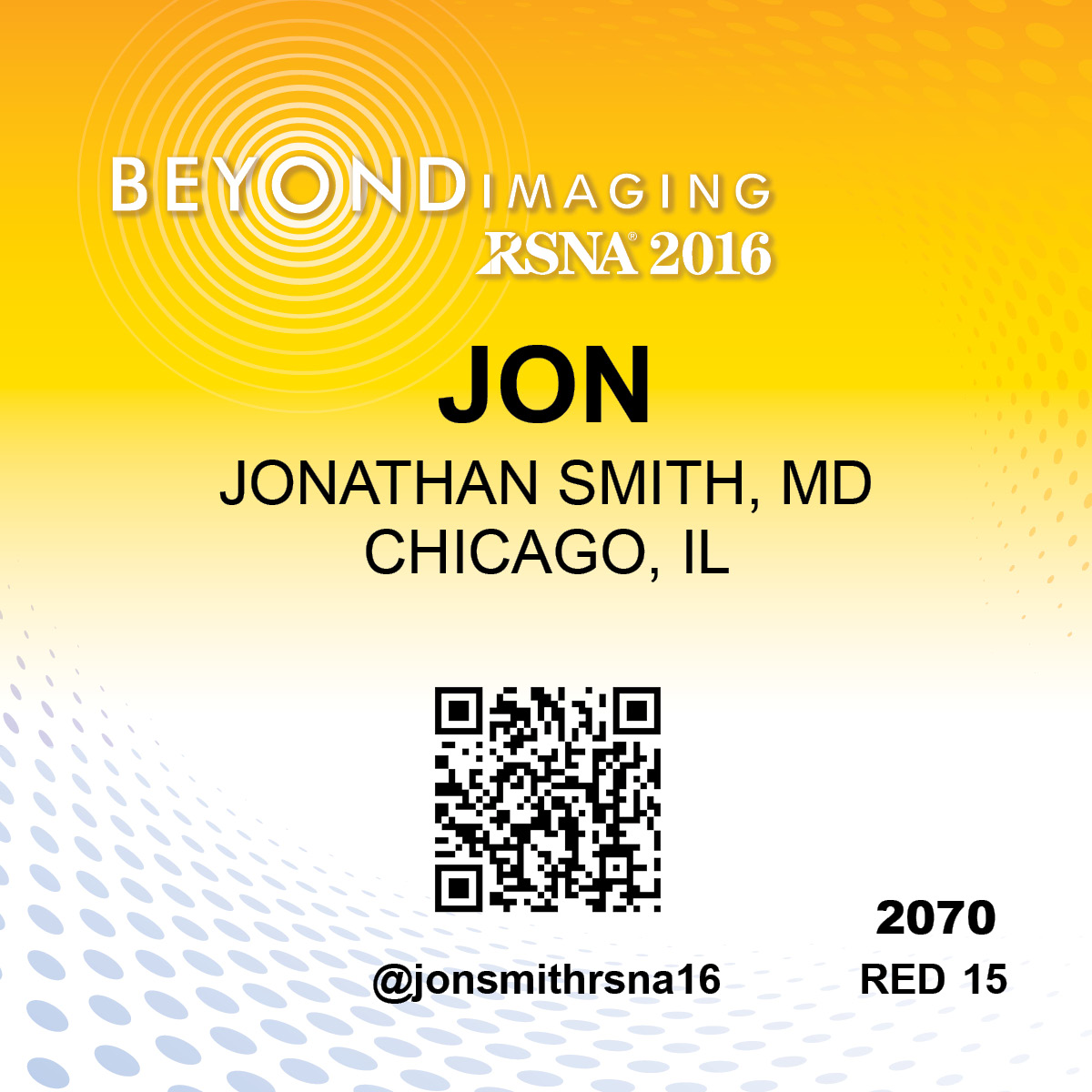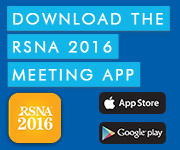Your selection conflicts with another ticketed course already in your Agenda. Please indicate which course you plan to attend.
By clicking yes, you will reserve a ticket for:
By clicking no, you will keep your ticket for:
Would you like to make this change?
How e-ticketing works
Approximately 55 courses at RSNA 2016 require e-tickets for entry. By adding an e-ticketed course to your Agenda, you are reserving an e-ticket for that course.
Your Agenda allows you to add multiple items to your calendar so you can keep track of the things that interest you.
However, you can only reserve an e-ticket for one course during a given time slot. When you select an e-ticketed course
that conflicts with another e-ticketed course in your Agenda, you have the option to either switch your selection or
keep the e-ticket for your original selection.
By visiting your Agenda, you can view a list of your e-ticketed courses and modify your selections by adding or deleting courses from your Agenda.
You will not receive printed tickets for any of your courses. Rather, your meeting badge will be scanned at the door for admittance.
Contact myagenda@rsna.org for more information or assistance.





 Home
Home Program
Program Exhibitors
Exhibitors My Meeting
My Meeting
 Virtual
Virtual Digital Posters
Digital Posters Case of Day
Case of Day

